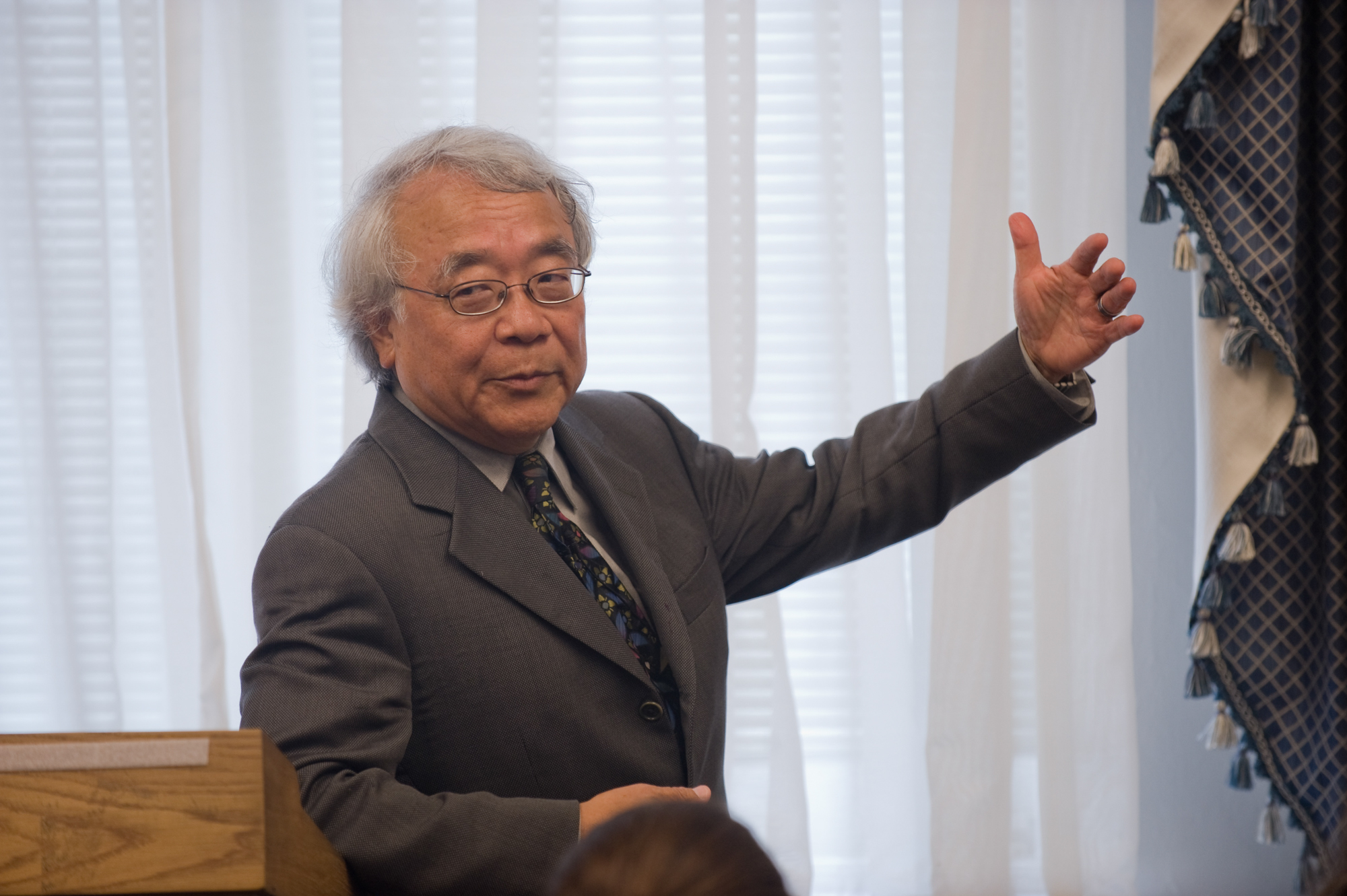Dr. Keith R. Yamamoto, Vice Chancellor for Research, UCSF
Executive Vice Dean, School of Medicine
Professor, Cellular & Molecular Pharmacology
July 14, 2015
Testimony for the Record for the Subcommittee on Space, Science and Competitiveness
Committee on Commerce, Science, and Transportation
United States Senate
“Unlocking the Cures for America’s Most Deadly Diseases”
Good morning Chairman Cruz, Ranking Member Peters and distinguished members of the Subcommittee, I am Keith Yamamoto, Vice Chancellor for Research at the University of California, San Francisco; I serve also on the Advisory Committee of the Division of Earth and Life Studies for the National Academy of Sciences, on the Advisory Council of the National Academy of Medicine, on the Board of Directors of Research!America, and chair the Coalition for the Life Sciences. I am pleased to provide this testimony for the record.
It is an honor to appear before you today to discuss public- and private sector efforts in biomedical research innovation and precision medicine, and their impact on preventing and curing disease.
It is an especially opportune time for this discussion. A confluence of the physical, technological and health sciences has created the opportunity for a transformational leap forward —a revolutionary change in biomedical research, health and healthcare. Thoughtful and timely Federal investment, policy and regulation will be essential and critical drivers of these advances. Precision medicine2 is a major new concept that will collect, integrate and analyze comprehensive data across basic research and massive patient cohorts, creating an interactive network of knowledge that allows effective, mechanism-based diagnosis and treatment decisions for each individual patient, while at the same time empowering further research and advancing clinical care. It differs dramatically both from current medical practice, in which diagnosis and treatment decisions are based on a patients medical history and analysis of her/his presented symptoms, and from personalized medicine, which improves diagnosis and treatment decisions by collecting more detailed information about the individual, but does not integrate discoveries from basic science or information from other patients.
Why is it important to do precision medicine? Because we humans are complicated—and for good reasons. Rather than being hardwired by our DNA, we sense and respond to internal (e.g., hunger, anxiety) and external (e.g., infection, environmental exposures) signals, and the combined output of hundreds of complex contributing factors and interactions influences our individual health status as well as the onset and course of any disease. Thus, a defining assertion of precision medicine is that our genomes, our individual DNA sequences, are powerful determinants, but in no way provide enough information to understand or predict human physiology and human disease. Myriad other components—molecular, developmental, physiological, social, and environmental—also must be monitored, aligned, and integrated to arrive at a meaningfully precise and actionable understanding of disease mechanisms and of an individual’s state of health and disease. The 2011 U.S. National Academy of Sciences (NAS) report entitled Toward precision medicine: Building a knowledge network for biomedical research used the analogy of Google maps to illustrate the value and necessity of aligning and integrating diverse, often unstructured, data sets into a comprehensive knowledge network if we are to understand the complexities of human health and disease.
Thus, precision medicine is not a new field of study or a subspecialty but rather an approach to acquiring knowledge that integrates across the spectrum of biomedical research and clinical practice; it is a platform for organizing, synthesizing, and rationalizing information in ways that change fundamentally how we conduct biomedical research and care for patients. The success of this approach will depend on the engagement of wide stakeholder communities, basic and social scientists, clinicians, patients and healthy people, pharma and high-tech industry, payers, and of course the federal government.
President Obama’s Precision Medicine Initiative gives voice to this complex task, with his call to create a million-citizen cohort to contribute and share their health data while maintaining privacy and security. Similarly, California governor Jerry Brown has created the California Initiative to Advance Precision Medicine, providing funding to motivate public- and privatesector teams to collaborate and to contribute resources.
Clearly, the precision medicine effort is massive and daunting in scale, demanding sustained effort likely to be measured in decades. But here’s the good news: efforts already underway demonstrate that the knowledge network need not be complete to produce success. Adding a single new data layer to those traditionally used to interrogate a disease mechanism or inform a therapeutic decision can have substantial impact. And the progressive merging of small insights will begin to reveal the full image. At UCSF, where precision medicine is central to our institutional strategy and vision, various pilot projects, most of them collaborations with industry, startups, national labs or other universities, are underway across basic, clinical, and social/behavioral discovery research, and our knowledge network, initially rooted in cancer and neurological disease, is spreading to include other disciplines and disease areas. Our stillearly efforts are already impacting our basic research, our understanding and support of human health and our treatment of disease.
In addition, from pilot projects at many institutions across the country, we are gaining a sharper focus on what it will take for precision medicine to truly succeed. As these needs align strikingly with the focus of today’s proceedings, I shall enumerate several of the most compelling, with particular emphasis on critical investment, policy and regulatory instruments from congress and federal agencies.
Expanded, sustained support for basic research. Despite remarkable progress, our understanding of biological principles and processes remains rudimentary, and it is certain that learning the fundamentals is essential for establishing the basis for disease, the features that make disease proceed differently in different individuals, and for development of new technologies that produce progress in leaps rather than steps. For example, reading the genomes of bacteria that thrive in the harsh environment of a SuperFund cleanup site has created, in the hands of brilliant basic scientists, “CRISPR/Cas9 technology”, which simply, rapidly and economically allows precise changes to be introduced into the DNA of any living cell— potentially enabling repair of disease causing mutations, increased crop growth or nutrient content, neutralization of disease carrying insects, and much much more.
Only the federal government, e.g., NIH, NSF, DOE, DARPA, can support basic research at the level and scale needed to produce a flow of fundamental discovery. By contrast, the private sector must maintain tight foci on mission-oriented goals. The federal investment then empowers development and application by the private sector. In precision medicine, the public and private efforts can increasingly be productively linked. Knowledge of a disease mechanism, for example, can motivate the design of drug candidates, define the structure and endpoints of clinical trials, tightly stratify and reduce the size of trial cohorts, and shorten the duration of trials. Each of these steps reduces the cost of drug development while increasing the likelihood of successful outcomes.
Transdisciplinary research. As a quantitative endeavor, precision medicine must power its biological inquiry with the concepts, tools and methodologies of physics, chemistry, engineering and computer science. Integrated programs, funded across agency lines (e.g., NSF, NIH, FDA, DOE, DARPA, NIST) such as those envisioned and effectively promoted by OSTP, will be increasingly essential and impactful.
Big data, data sharing, computational deep learning, data security. A computational challenge to devise technologies for acquisition, integration and analysis of massive sets of diverse data types must be met by research supported by federal agencies, national labs and private industry. With those capabilities must come establishment and embrace of a new social contract by patients and well people, a willingness to provide and share data underwritten by policies that address privacy, security, ethical, legal and social issues. Cooperative science and policymaking efforts across funding and regulatory agencies, and likely legislative action as well, are essential here.
Standards and regulatory guidance, interoperability of data sensing and reporting devices and records. Efforts toward standardization and interoperability are beginning with management of genomic data and integration with electronic health records, but the challenges are broad and deep. Device builders in the private sector will be motivated by clear regulatory guidance. Cooperative scientific and policy efforts across FDA, NSF, NIST are essential.
Regulatory science and regulatory policies responsive to precision medicine needs and opportunities. There are deep needs for science-based regulatory technologies and methodologies. NIH, NSF, NIST, and especially FDA recognize and have begun to address a range of challenges, including accelerating clinical trials, enhancing post-market vigilance, and creation of science-based standards for next generation sequencing, novel trial design, cell-based therapies, predictive toxicology, risk:benefit assessment for devices and therapeutics, and validation of generic drugs. Those efforts, within and across those agencies, merit increased support.
Precision medicine is envisioned as a national or international enterprise, an audacious aspiration to be sure. However, success in much smaller increments is demonstrating how insights gained from integrating many data elements will advance us, through modeling, and testing of predictions, toward a detailed mechanistic understanding of fundamental physiological principles and processes. This knowledge—evidence-based and predictive in nature—will, in turn, promote new strategies for prevention, early diagnosis, treatment, and cure of diseases. Moreover, if precision medicine yields a healthier, more productive workforce; better control of chronic disease; smaller, faster and more successful clinical trials; and avoidance of unnecessary tests and ineffective therapies, the slope of the health care cost curve could decline—a welcome outcome in the United States, where health care costs are >17% of GNP, and still rising unsustainably. So, precision medicine holds promise for improved health and less disease, and of broad impacts—scientific, societal and economic.
Thank you, Mr. Chairman. This concludes my testimony. I shall be happy to respond to any questions.










